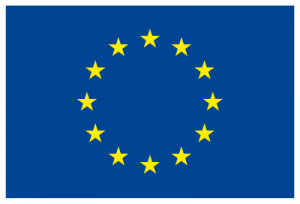Refers to web-based tools, platforms and applications which enable users to create, co-create, share, comment upon, modify or otherwise engage with content over the Internet. There are a wide variety of social media sites and applications, many of these customized for mobile platforms. Kaplan and Haenlein (2010) propose a classification of social media sites according to three dimensions: social presence (the type of sensorial interaction afforded, e.g. visual, acoustic), media richness (amount of data transmitted in a time interval) and self-presentation/self-disclosure (the degree of freedom and control in creating one’s personal cyber-identity). Text-based applications such as crowdsourced encyclopaedias (for example Wikipedia) and blogs score lowest with respect to social presence and media richness. Blogs and social networking sites such as Facebook score high with respect to self-presentation, as they allow users to express themselves and personalize the content they produce and share. Facebook, alongside video-sharing sites such as YouTube and Vimeo are also examples of platforms that afford high media richness. The highest level of social presence and media richness are afforded by virtual games and social worlds such as World of Warcraft and Second Life, which provide virtual replicas of real-life places and patterns of behaviour and interaction.
Social media are fundamental tools for contemporary participatory cultures both for their role in enabling access to information, and for supporting user-generated content-sharing, self-expression, co-creation and social interaction in virtual communities.
Sources:
Kaplan, A. M., and M. Haenlein (2010) Users of the world unite! The challenges and opportunities of Social Media. Business Horizons, 53(1).

